
Metropolitan Museum of Art, New York.
On January 31, 2012, Professor Stanley Abe gave a lecture entitled “The Modern Moment of Chinese Sculpture” as part of the Silberberg Lecture Series at the Institute of Fine Arts. Abe is an associate professor of art history at Duke University and has written extensively on Chinese Buddhist art, contemporary Chinese art, Asian American art, and the construction of art historical knowledge. His current research is on the movement of sculpture out of China in the early twentieth century, and his lecture on Wednesday drew on this project. Abe began his lecture by citing the introduction of the oft-quoted Art in China (1997) by Sinologist Craig Clunas: “’Chinese art’ is a quite recent invention, not much more than a hundred years old.” He pressed on, “The creation of ‘Chinese art’ in the nineteenth century allowed statements to be made about, and values to be ascribed to, a range of types of object.” This statement succinctly sums up what Abe’s lecture took to be its main argument, namely, that Chinese sculpture became a category of art in the latter half of the 19th century. Abe’s lecture traced the invention and development of Chinese sculpture as a class of art that sprung from the Modernist project of historicizing the past and recoding structures of knowledge surrounding Chinese art.
Before 1900, antiquarians and Chinese collectors did not value sculpture as they did painting, calligraphy, and antiquities (ancient bronze ceremonial vessels). The reasons for this were many, but most important was that sculpture was associated with laborers, not with the literati or imperial courts that produced landscapes or bronzes. In addition, large-scale sculpture did not lend itself well to the habits of viewing and exhibiting within the gentlemanly circles of Chinese collectors. Antiquities and scrolls were shown in the small courtyards of learned men, and sculpture was appreciated only through historic copies of rubbings taken from the inscriptions and dedications carved underneath or beside early Buddhist sculpture.
However, during the Qing dynasty (1644-1912) an intellectual movement calling for more scientific methods encouraged scholars to go into the interior parts of China, where monumental stone architecture and sculpture were plentiful, and visit the sites where these prized rubbings were made. Excursions like those to the Longmen Guyang cave joined sculpture and inscription for Qing antiquarians and they began tentative collections of Buddhist statuary.
At around the same time in the 19th century, the predominant Western view of Buddhism and Taoism as idolatry was repudiated by their inclusion in the World’s Parliament of Religions, and these two newly sanctioned faiths began to serve as “brackets for knowledge” of Chinese sculpture. Imperialism and the trend for global collecting led wealthy Europeans like Henri Cernuschi and Émile Guimet to amass vast amounts of East Asian objects, including sculpture from China. While Cernuschi displayed his objects as curiosities in his mansion, Guimet’s Chinese sculptures were exhibited in a museum of oriental religions – not as art but as ethnographic specimens.
Soon thereafter, Sinologists like Maurice Paléologue and Stephen Bushell published books on Chinese art (in 1901 and 1904 respectively), including sculpture among their categorizations. Abe argued that these initial classifications of Chinese art into painting, bronzes, and sculpture were not inherent to the works themselves or to the Chinese antiquarian framework. Instead he posited that the values of modernity, positivism, and the evolution of form were imposed upon these objects, leading to the periodization of art for the first time in China as well as in Japan. It was only after the rise of modernist principles in China that the terms wenwu (antiquity) and meisu (fine art) first come into use.
Abe brought his lecture to a close by drawing connections between ‘Chinese sculpture’ and figures of high Modernism. He noted that Roger Fry linked modern Western art to the art of various other parts of the world under the aegis of abstraction, as did Clive Bell in his book Art in 1913. Abe concluded that the idea of Chinese sculpture is in fact a Modernist idea, and that even today scholars continue to approach Chinese sculpture via the Modernist understanding of sculpture as a class of art objects. Indeed much of the original meaning and function of Chinese sculptures is lost when we encounter these works in a museum setting. The spiritual and cosmological agency of a Buddhist statue, extricated from its cave in central China and from its original episteme, can be subsumed by a formalist reading of the Western sort. This, however, begs the question: can one ever overcome his or her own historical situation? Is looking with Michael Baxandall’s “period eye” an achievable exercise?
It is not likely that Abe believes we can move past our own contemporaneity and immerse ourselves in the epistemological setting of Chinese sculpture before the Qing. Instead, by highlighting the foreign nature of the current systems of knowledge that bracket Chinese art, Abe suggests an alternative, perhaps even more authentic, method of approaching the art of China. By unraveling the categories we use to understand the objects we encounter in the present, we are forced to address the fact that these classifications are not universal and that they come with surreptitious judgments of value. In opening up the discussion of all types of pre-modern art by questioning the underlying structures of knowledge that run throughout art history, Abe points the way to a re-calibration of our practice as art historians that is more inclusive and, in the end, more interesting.

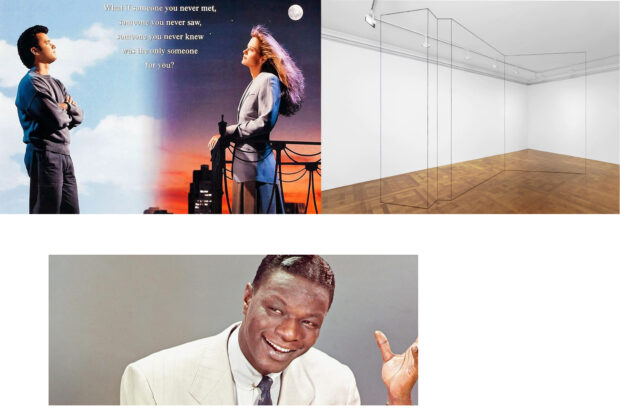


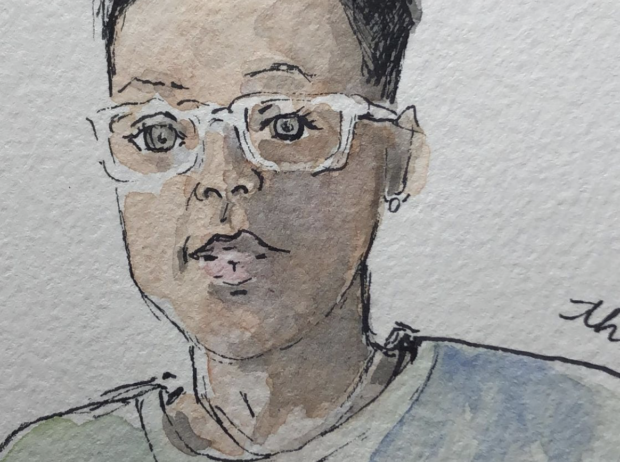
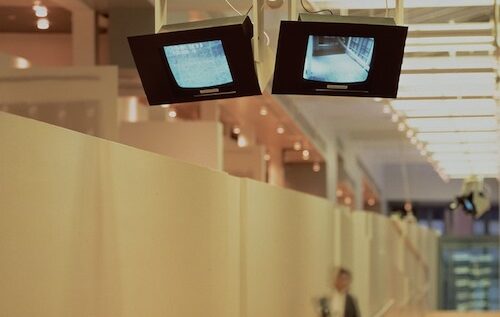
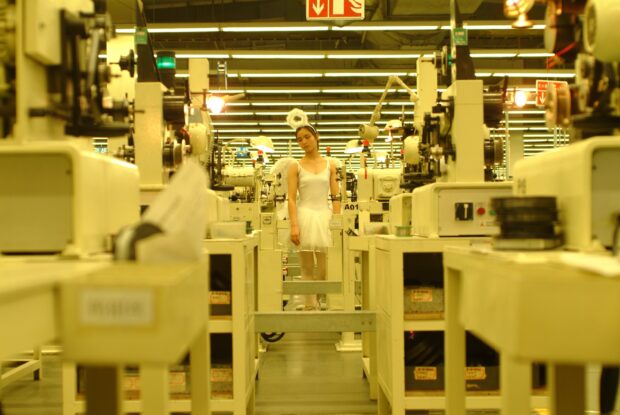
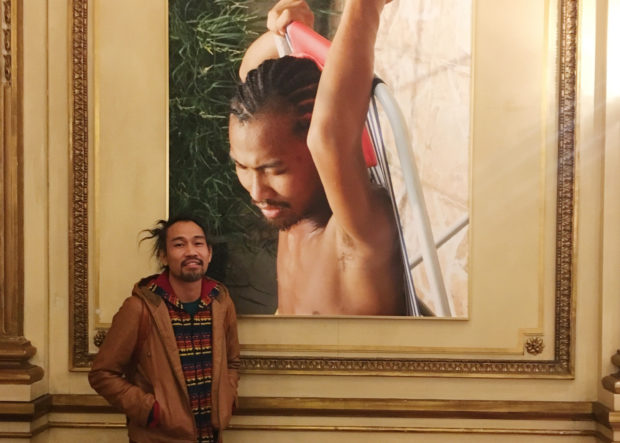
hello, I am a dutch citizen and have an ancient buddha sculpture of wood in size 140 cm high.
I read the information about the chinese buddha sulptures and want to find out what is the history of my buddha. I think its a kwan yin, because she rest with right arm on right knee. Please if possiblie can you help me for find out more.
Sincerly yours,
Douwe Kamstra
Hoorn Netherlands